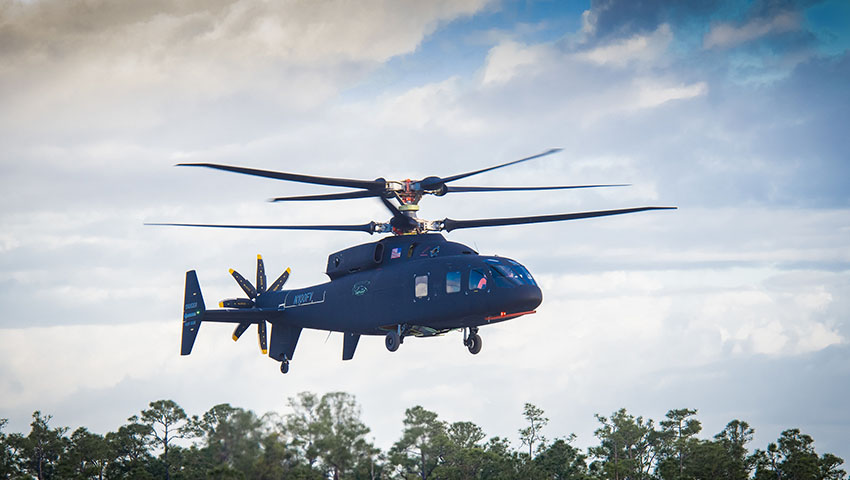On 25 March, the US Army announced that two defence contractors have been selected to design and test prototypes for the Future Attack Reconnaissance Aircraft (FARA) to continue into phase two of the program.
To continue reading the rest of this article, please log in.
Create free account to get unlimited news articles and more!
The vendors selected under Other Transaction Authority for prototype agreements for the bid process are Bell Helicopter Textron Inc and Sikorsky Aircraft Corporation (a Lockheed Martin company).
A US Army spokesman said that the organisation "requires an aircraft capable of operating in a complex airspace and degraded environments against peer and near-peer adversaries with an advanced integrated air defence system".
"The current aviation fleet does not possess a dedicated aircraft to conduct armed reconnaissance, light attack and security with improved stand-off and lethal and non-lethal capabilities from a platform sized to hide in radar clutter and for the urban canyons of mega cities," the spokesman added.
"Our focus is on delivering capability for our Soldiers at the speed of relevance," said General John Murray, Army Futures Command commanding general.
"We're doing that here – providing opportunities for our industry partners to design, test and build capability alongside our soldiers to ensure that we win on a future battlefield."
Army Futures Command, along with Assistant Secretary of the Army (Acquisition, Logistics, and Technology) and Army Contracting Command, leverage the OTA agreements for prototyping through collaboration with industry.
The FARA CP solicitation structured the program into three phases: preliminary design; detailed design, build and test; and prototype completion assessment and evaluation for entrance into production phase.
In April 2019, five OTAP agreements for the aircraft design, build and test of FARA were awarded for phase one. The five industry performers were AVX Aircraft partnered with L3Harris, Bell Helicopter, Boeing, Karem Aircraft and Sikorsky. Phase one ended when the government conducted an initial design and risk review assessment with each performer and selected these two performers to continue.
Today’s decision transitions into phase two as the two performers will complete detailed design, build and test of their air vehicle solutions. This phase will end with a government flight test evaluation, currently slated for early 2023.
“The Future Attack Reconnaissance Aircraft is the Army's number one aviation modernisation priority and is integral to effectively penetrate and dis-integrate adversaries' integrated air defence systems," said Dr Bruce Jette, Assistant Secretary of the Army for Acquisition, Logistics and Technology.
"It will enable combatant commanders with greater tactical, operational and strategic capabilities through significantly increased speed, range, endurance, survivability and lethality."

 Login
Login







